If you haven’t had a chance to get inside Kingston Penitentiary yet, you better get on it — tours of Canada’s oldest and most notorious maximum-security prison are back and tickets are on sale now! Be sure to also check out the awesome accommodation packages available for a stay in Kingston.
In the meantime, here are seven things you might not have known about Kingston Pen (KP) to get you ready.
View this post on Instagram
Women and Children First
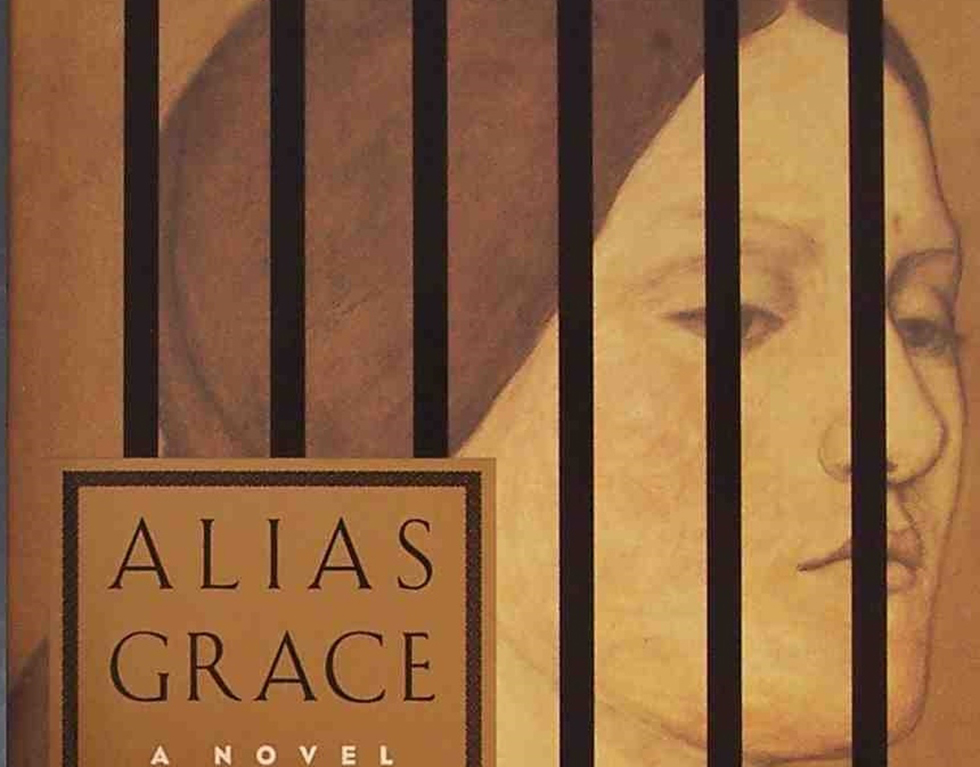
While KP was known for its infamous male inmates (e.g., Paul Bernardo, Clifford Olson, Russell Williams), it was also once home to women and children. In fact, women were incarcerated there from year one — 1835 — until 1934, although they were segregated from the male population. One female inmate, Grace Marks, was the inspiration for Margaret Atwood’s novel Alias Grace. Children were also sent there in the early days. Eight-year-old Antoine Beauche was the youngest of them, imprisoned for his role in a pickpocket operation aboard a steamboat on the St. Lawrence River.
Canada’s Dumbest Inmate?
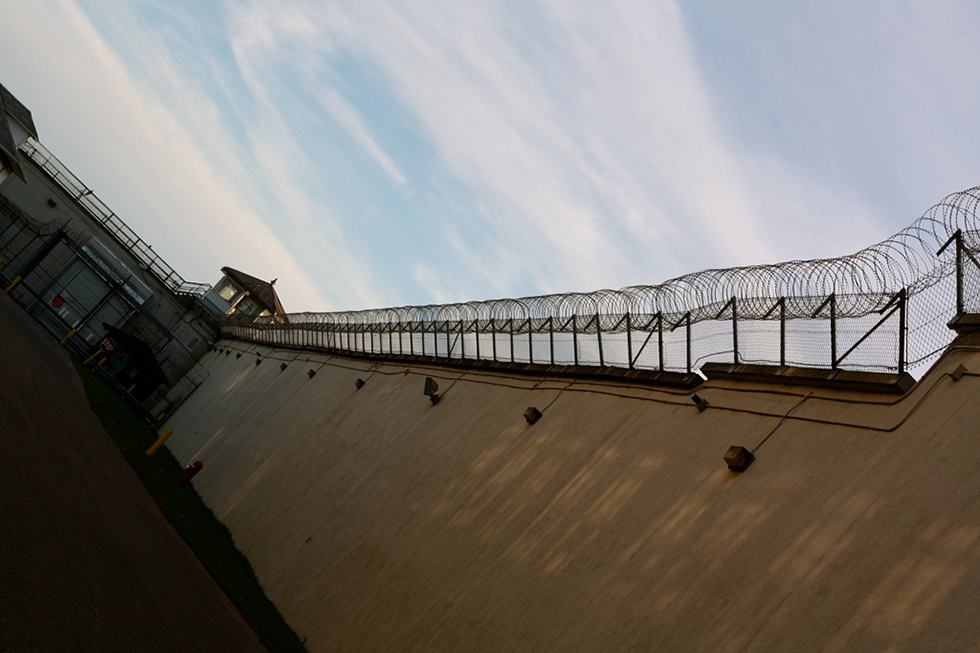
Around 1847, one former inmate actually broke into KP. It was a few days before Christmas, and he had no money, but, having worked for KP’s deputy warden, he knew where to find the prison’s petty cash. So, he got a ladder, climbed to the top of the Pen, and lowered himself down over the wall. He got the money and tried to climb back up the rope, but it broke. The next morning, KP had one more inmate than it should have had, and that inmate got 18 more months behind bars.
1971 Riot: A Writer’s Muse?
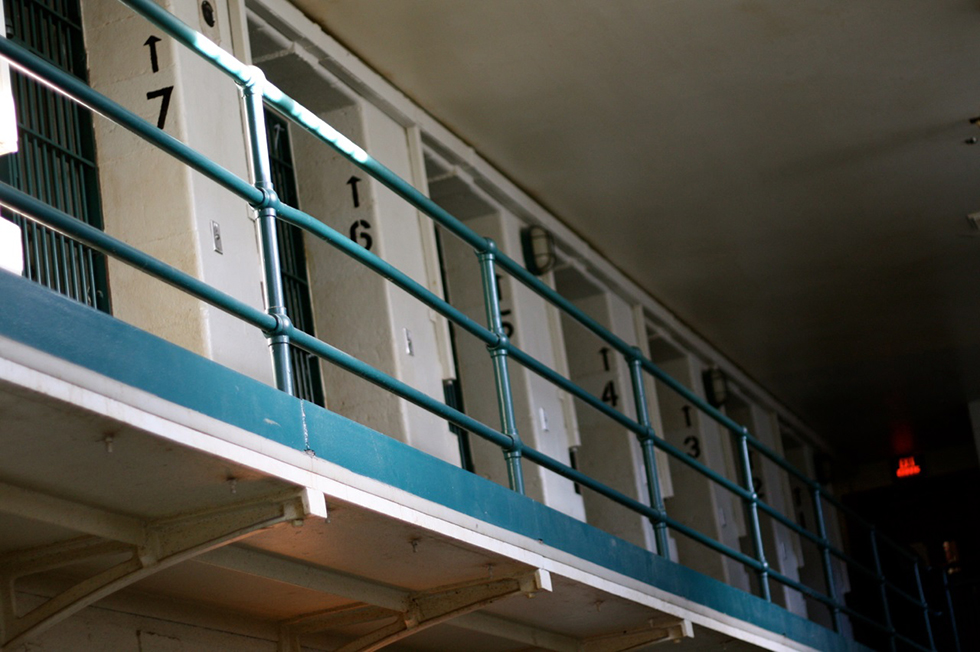
The four-day riot in April 1971 was the worst in KP’s history and resulted in two inmate deaths and six guards being held hostage. The inmates’ stated reasons for dissent included a lack of recreational time, lack of work and concerns about their future at Millhaven Prison. But according to former inmate Wayne Ford, there was another reason: “That whole thing was started by William (Billy) James Knight, a guy doing his third bit. William was writing a book, and the only experience he was missing from the book was a riot. So he got some other guys and started one. Crazy, huh?”
Location, Location, Location
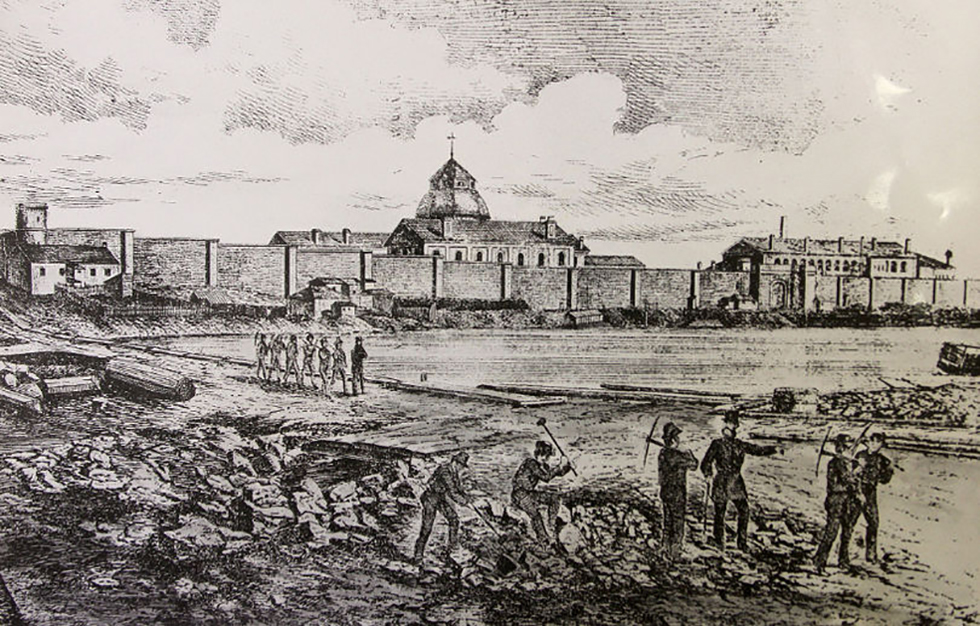
KP’s location was chosen after Hugh Thompson, editor of the Upper Canada Herald, wrote to the government in 1826, recommending that a penitentiary be built in his rapidly growing town of Kingston. They eventually listened, buying 100 acres two miles beyond the town’s western border, which was considered far enough from the population but close enough to conduct business. They also chose the location because it combined “the advantages of perfect salubrity, ready access to the water, and abundant quantities of fine limestone.”
What the Dickens?
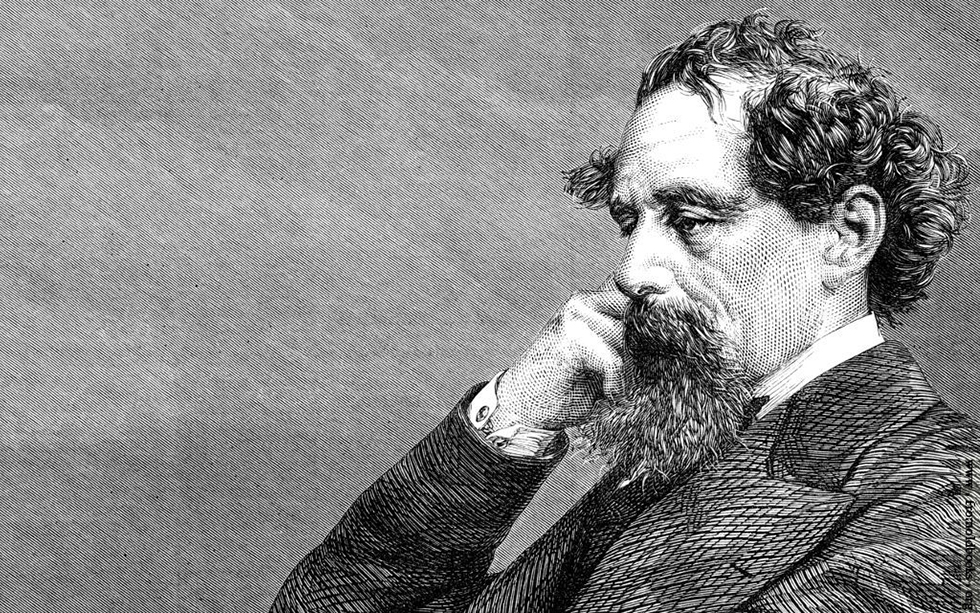
Charles Dickens visited Kingston and the penitentiary in 1842, and wrote in his American Notes for General Circulation, “There is an admirable jail here, well and wisely governed, and excellently regulated, in every respect.” He went on: “Here at Kingston is a penitentiary, intelligently and humanely run.” Apparently, he wasn’t privy to the brutal conditions prisoners actually endured then. Eight-year-old Antoine Beauche, for instance, was lashed 47 times in nine months for breaking in-house rules that included staring, laughing, whistling, giggling and idling.
The Silent Treatment
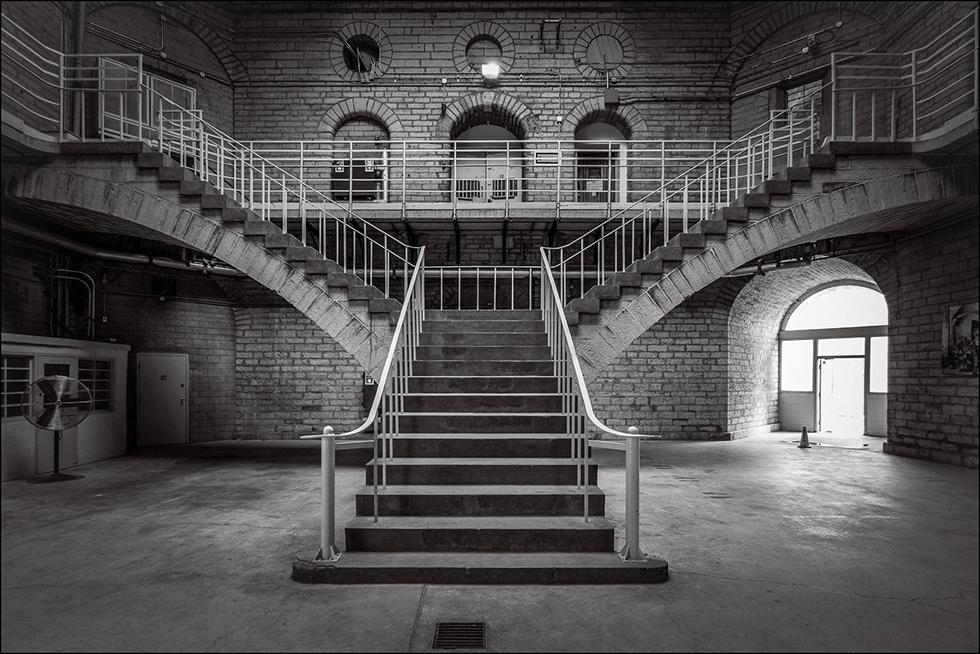
Some of those early brutal conditions were outlined in the rules and regulations of the institution, published on October 22, 1836. Among them, is a stipulation for inmates to “preserve unbroken silence,” meaning they “must not exchange a word with one another under any pretence whatever.” They also could not “exchange looks, wink, laugh, nod or gesticulate to each other.” And when the bell rang for them to go to the mess hall, they had to come out of their cells “in regular order and march with their faces inclined [in one direction].” For disobeying, this final threat: “Corporal punishment will be instantly inflicted.”
Hemingway’s First Day
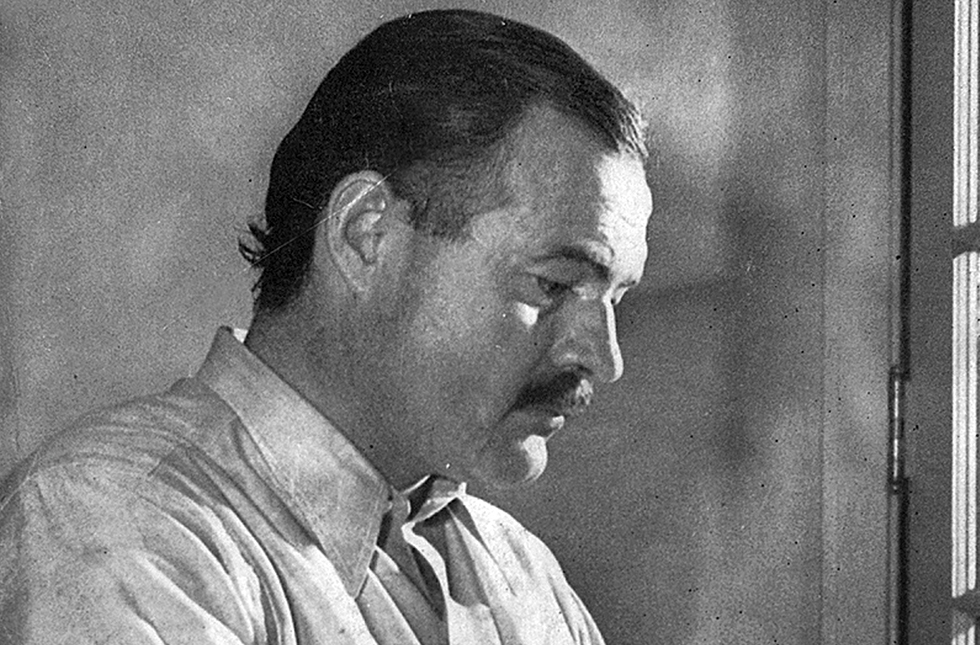
On September 11, 1923, on his first day as a reporter with the Toronto Daily Star (now the Toronto Star), 24-year-old Ernest Hemingway was sent to KP to cover a dramatic jailbreak that occurred the day before. His 2,600-word report detailed the daring escape of five inmates, including burglar Norman “Red” Ryan, who Hemingway described as a “thick, freckle-faced man whose prison cap could not hide his flaming head.” Ryan was caught almost a year later while picking up his mail in Minneapolis. He was sent back to Kingston to face 30 lashings and life in prison.
Visit Kingston Penitentiary to see where these stories and many others took place. Tickets are on sale now at kingstonpentour.com and you can book your Kingston Pen packages here.





















